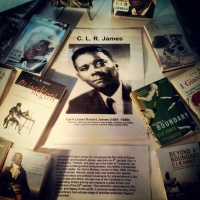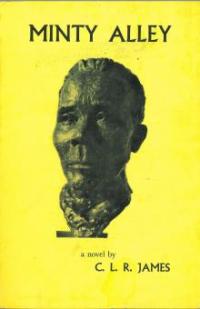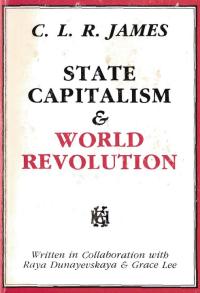Key books and works by C.L.R. James

In this section of the portal we aim to introduce key books by CLR James, approximately in the order in which CLR James wrote them, which of course rarely coincides with their date of publication. Some have been reprinted many times and some are newly becoming available singularly or as collections. Where possible we have indicated different editions whose forwards, acknowledgments and additions often provide fresh insights. We have indicated too, selected reviews and papers which relate to these works and welcome further research and suggested reviews and items to add. All of these key works have been read by key crew members working on the documentary film which this portal accompanies. The material used to outline these books has been taken from jacket covers, forwards and reviews which the crew believe sum them up well. We also indicate pamphlets and works by CLR James that have been particularly illuminating, these feature at the end of this section and are not in chronological order. We welcome additions.












